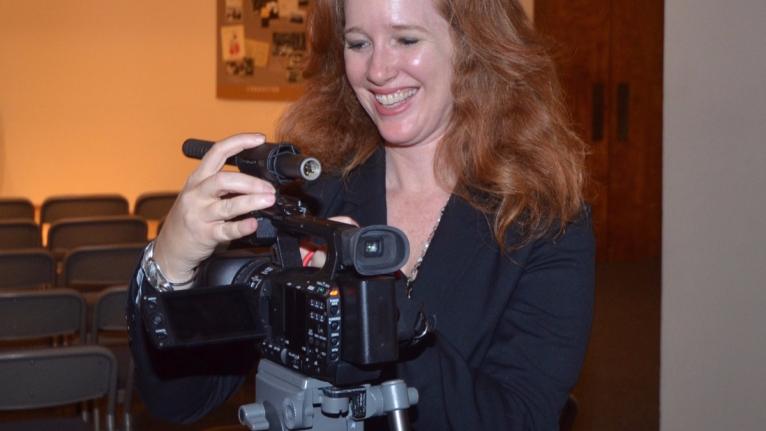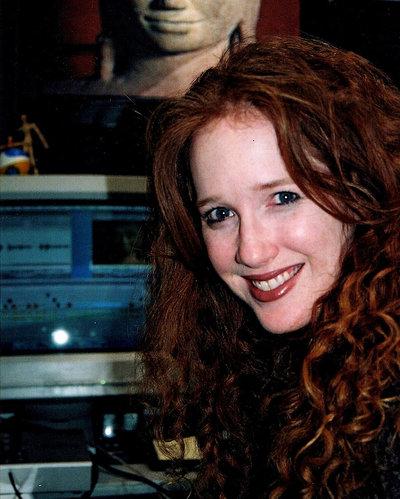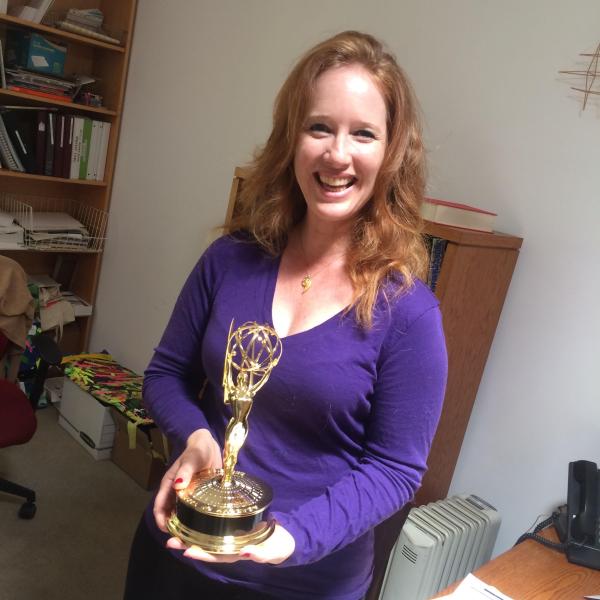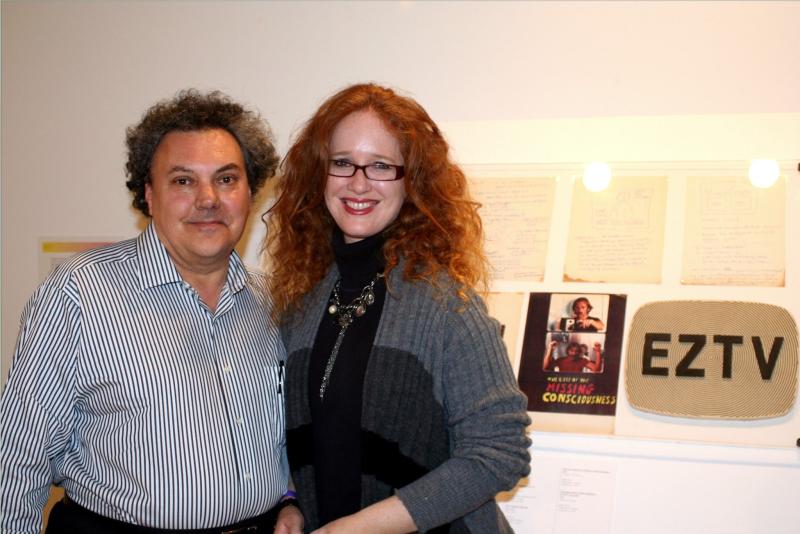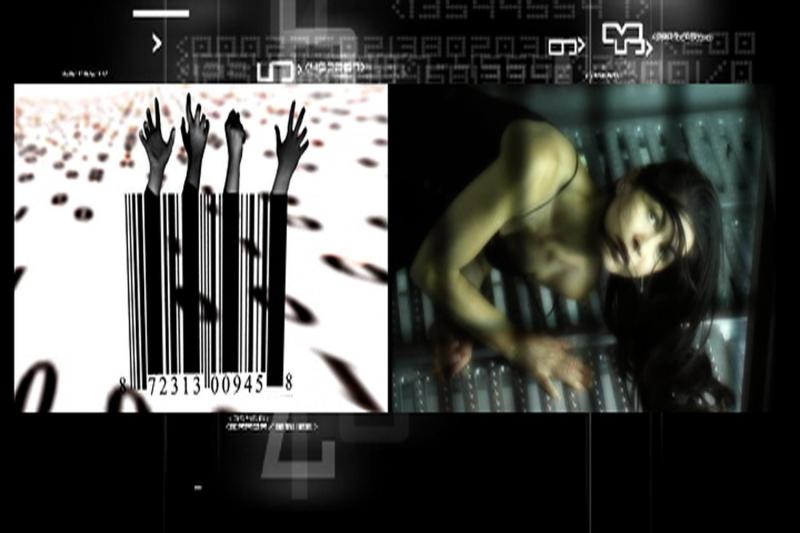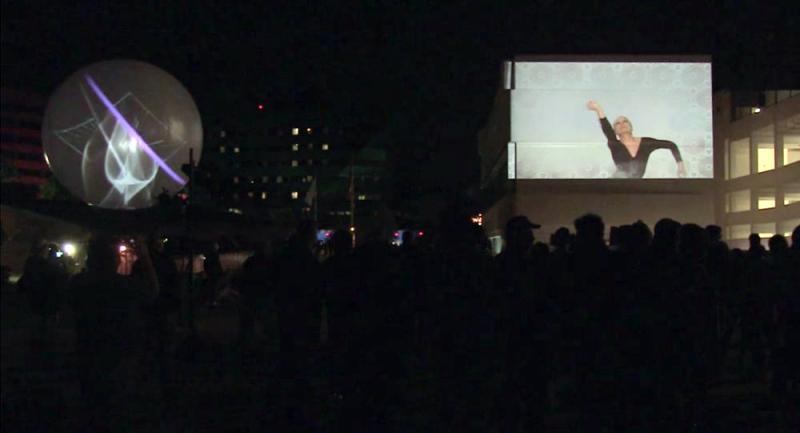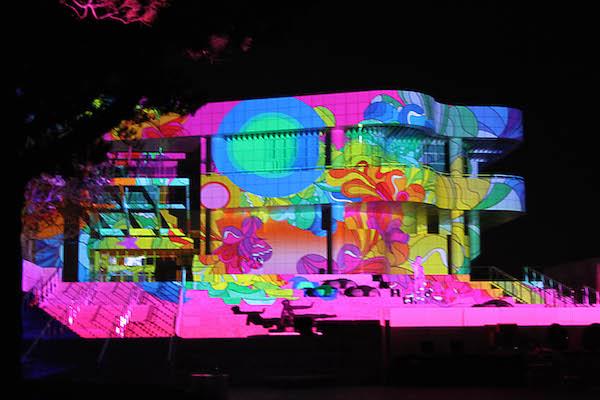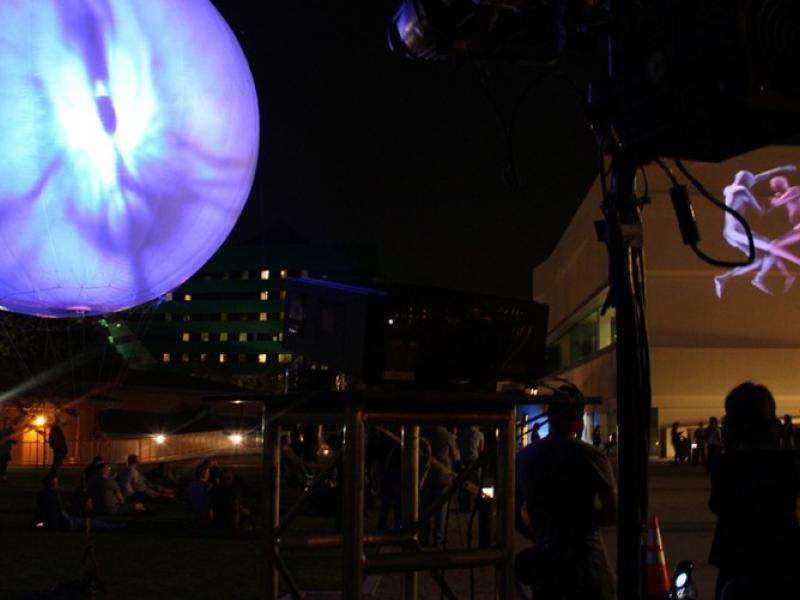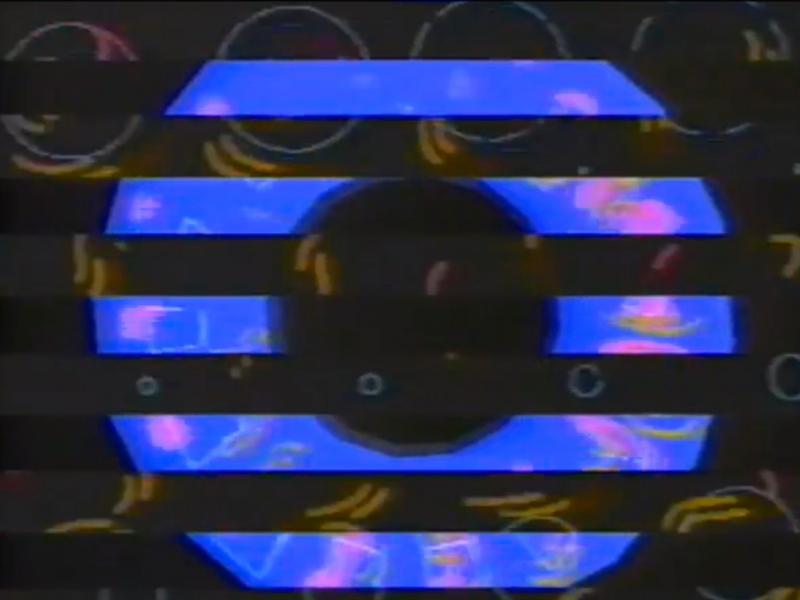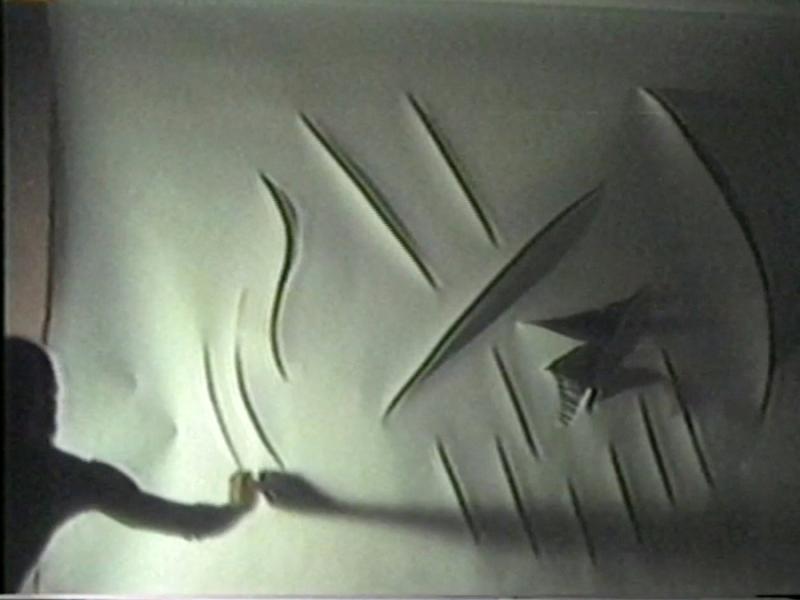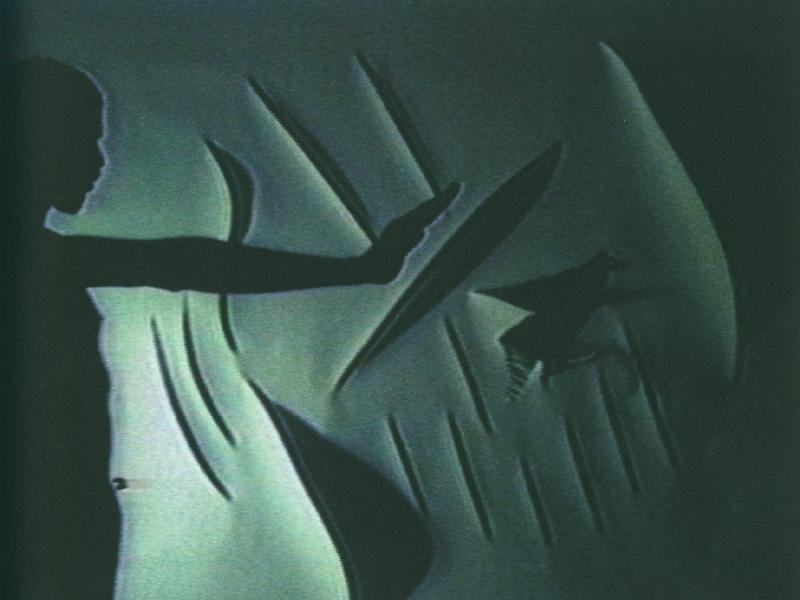April 28, 2020
Dear Friends of ONE Archives at the USC Libraries,
It is with deep sadness that I share the news that LA-based artist, filmmaker, and educator Kate Johnson passed away last month. Kate was a talented artist and generous individual with a bright smile and infectious warmth. Among her numerous accomplishments and endeavors, Kate was instrumental in donating the archives of EZTV, a pioneering video art space founded in West Hollywood in the early 1980s, to the collections at ONE Archives at the USC Libraries.
I first met Kate through artist and curator Alex Donis, who organized the exhibition Collaboration Labs: Southern California Artists & The Artist Space Movement at the 18th Street Art Center in 2011, which included EZTV. EZTV’s legacy intrigued me, and, as the ONE Archives’ novice curator, I was eager to learn more about the organization’s history and potential archival holdings. Alex generously introduced me to Kate—whom he referred to as a “digital diva”—and collaborator and partner Michael J. Masucci, who invited me to EZTV’s studio at 18th Street (where they have been in residence since 2000). Kate and Michael were affable, trusting, and eager to share EZTV’s legacy, which was stuffed into every corner of their delightfully packed studio. Plans were set in motion to donate their collection to the ONE Archives and with it, organize a celebratory exhibition, EZTV: Video Transfer.
More visits followed, and, over the course of a year, Michael, Stefano di Paola (ONE Archives’ curatorial assistant at the time), and I catalogued the bulk of the videotapes in EZTV’s collection. Michael is a gregarious and gifted storyteller, and most of these visits were spent going tape-by-tape with Michael recalling both important histories and hilarious tidbits that Stefano and I hurriedly notated. As a professor at Otis College of Art and Design, Kate wasn’t always there, but, when she was, her presence and knowledge was vital. Kate understood the legacy of EZTV and could always get to the heart of why art, community, and the continued preservation of EZTV’s archives was important. Her soft-spoken wisdom was insightful and encouraging.
Kate first came to EZTV in the early 1990s during a period of turmoil as the organization grappled with the AIDS epidemic. EZTV’s roots date back to 1979 when filmmaker John Dorr began using video technology to produce feature length productions. In 1983, EZTV moved into a storefront on Santa Monica Boulevard in West Hollywood where the organization produced and edited videos, made their facilities assessable to other aspiring video-makers, and hosted screenings, exhibitions, and performances. EZTV was, from its inception, a wildly eclectic community space supporting experimental art and performance, narrative video productions and documentaries, emergent digital art, and LGBTQ video productions.
In 1993, Dorr passed away from complications caused by AIDS. Speaking at an event on EZTV’s legacy held at Centre Pompidou in Paris last year, Kate recalls her arrival at the space:
I came on board at EZTV after John died and I got introduced [to] an organization that puts tools in artist’s hands, and said you don’t have to specialize… I was a person who got a business degree to make my parents happy. I worked as an archeologist in college, I studied dance and theater and hung out with fine artists. When somebody said to me “You don’t have to just be a writer, or an actor, or a filmmaker, you can approach these mediums like an artist studio, you can take on everything you want to and make your own work,” there was a liberation in that I never found before and I turned my back on mainstream Hollywood. I also knew the bad story about all the artists that have been part of EZTV, who have passed away to AIDS. The archeologist in me said this is gonna be lost, people are not going to remember or care, unless, unless it lives. And the only way to make it live was quite a bit of sacrifice and passion and will, on the side of a few people, Michael is one of them. Yes it was challenging but to me EZTV was a cause to dedicate my life to.
Kate was instrumental in sustaining ETZV’s existence and preserving its vast video archives, of which a portion is now housed at the ONE Archives at the USC Libraries. Without her, the legacy of the organization and many videomakers, especially queer artists, would not have survived. Kate’s efforts brought EZTV’s significance to the public at the ONE Archives at the USC Libraries as well as venues such as UCLA and the Centre Pompidou. Her commitment to the organization will live on as more artists, curators, writers, and scholars further discover the organization and its work.
Kate was first and foremost an artist in her own right. Her large-scale video projections and sculptures transformed public spaces into sites for reflection on memory, collectivity, nature, and histories. She worked on spaces including Los Angeles City Hall, The Getty Center, Ford Amphitheater, Tongva Park in the City of Santa Monica, Japanese American Cultural Center, Dance Camera Istanbul, and the West Hollywood Library. The latter was the site of ONE Night, a multi-media performance extravaganza celebrating EZTV’s legacy in West Hollywood and its role in fostering emergent digital art, which Kate and Michael were instrumental in realizing.
Collaboration with performers, dancers, writers, and other artists was at the heart of many of Kate’s projects. Kate’s celebrated film Mia, a dancer’s journey, about the life of ballerina Mia Slavenska, won an Emmy in 2014. As an educator for over 20 years, Kate taught and mentored several generations of new digital artists as Associate Professor for Digital Media at Otis College of Art & Design, and prior to that she taught at the American Film Institute.
Learn more about Kate’s life and numerous accomplishments here.
We’re living through a period of profound loss and uncertainly, and, like many of you, I’ve been reflecting on the vital importance of the friends, collaborators, and loved ones who make our lives meaningful and sustaining. Kate was this and more to so many people. Rest in peace and power Kate!
Take care,
David Evans Frantz
Former Curator, ONE Archives at the USC Libraries
